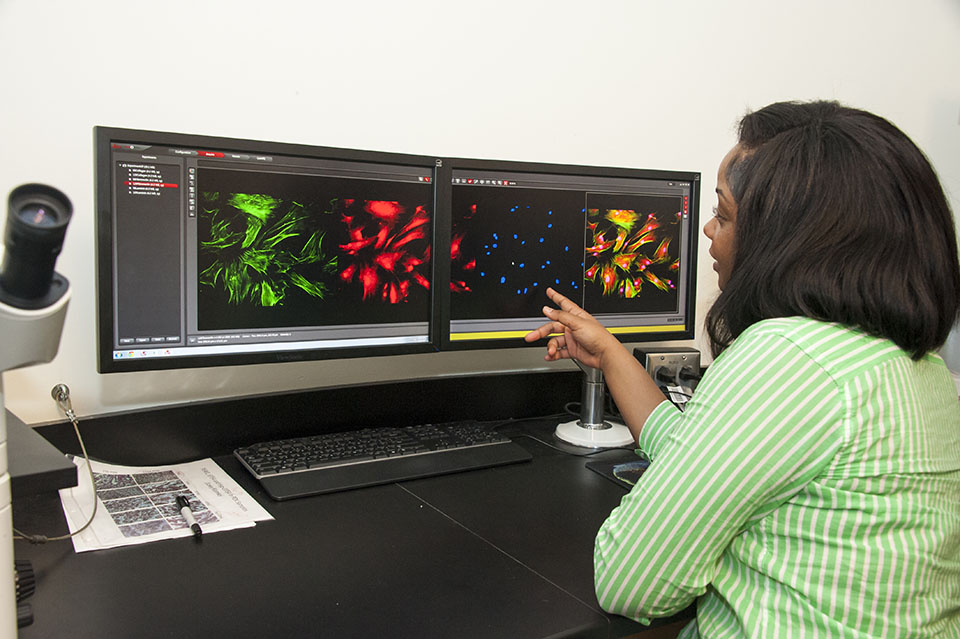CSUN Looks to Attract and Nurture More Women in STEM Fields
In 2007, women in the United States earned 17 percent of bachelor’s degrees in engineering and 79 percent of bachelor’s degrees in education. Through programs such as Women in Science and Engineering (WISE) and the Society of Women Engineers (SWE), California State University, Northridge faculty and staff hope to encourage more girls in middle and high school to pursue majors and careers in science, technology, engineering and math (STEM).
Research shows that young women begin to lose interest in science and mathematics around age 15, unless their interest in these fields is nurtured. CSUN computer science professor Ani Nahapetian is just one of the many professors who have pledged to support young women interested in STEM.
“If we can change the perception of computer science as a male-only field and open it up to women, it’s good for the field,” said Nahapetian. “The more diversity in [computer science], the more our field can grow and become better.”
As an undergraduate, Nahapetian double majored in computer science and engineering, and she earned her M.S. and Ph.D. in computer science.
“When I was a student, there [were few] women in my engineering and computer science classes,” Nahapetian said. “Now, women are still a minority in computer science at CSUN and nationwide. There’s a lot of room to grow.”
Vidya Nandikolla, a professor in the Department of Mechanical Engineering — who was the only female faculty member when she was hired in 2014 — shared that most semesters there are few women in her classes, and some semesters there are none.
“It’s a unique perspective being [one of two] female faculty members,” Nandikolla said. “You walk in and you see one or two — and sometimes zero — females in a class of 25 to 30 [students]. It’s like, ‘Okay, something has to be changed here.’”
Female STEM professionals speaking to girls and young women is the key to that change, Nandikolla said.
“Whenever I get the chance to go to [middle and high] schools, I don’t let that go,” Nandikolla said. “Increasing the number of girls coming into engineering — that is my goal. And when young women and girls see [women STEM professionals], they think, ‘I can do it, too.’”
Alexandria Chavez, a manufacturing systems engineering major and intern for WISE, said that women in programs such as SWE and WISE have been instrumental in her success as a female engineering student.
“WISE has given me [the opportunity to be] around amazing women with such great educational backgrounds,” Chavez said. “Being around them showed me I could get my master’s too.”
Of all the lessons she has learned from the groups, one that impacted her most was about progress, Chavez said.
“Any direction you want to go in is fine,” she said. “Just don’t go backwards. Always keep moving forward.”
A brief resource guide for young women in STEM at CSUN can be found here.


 experience
experience